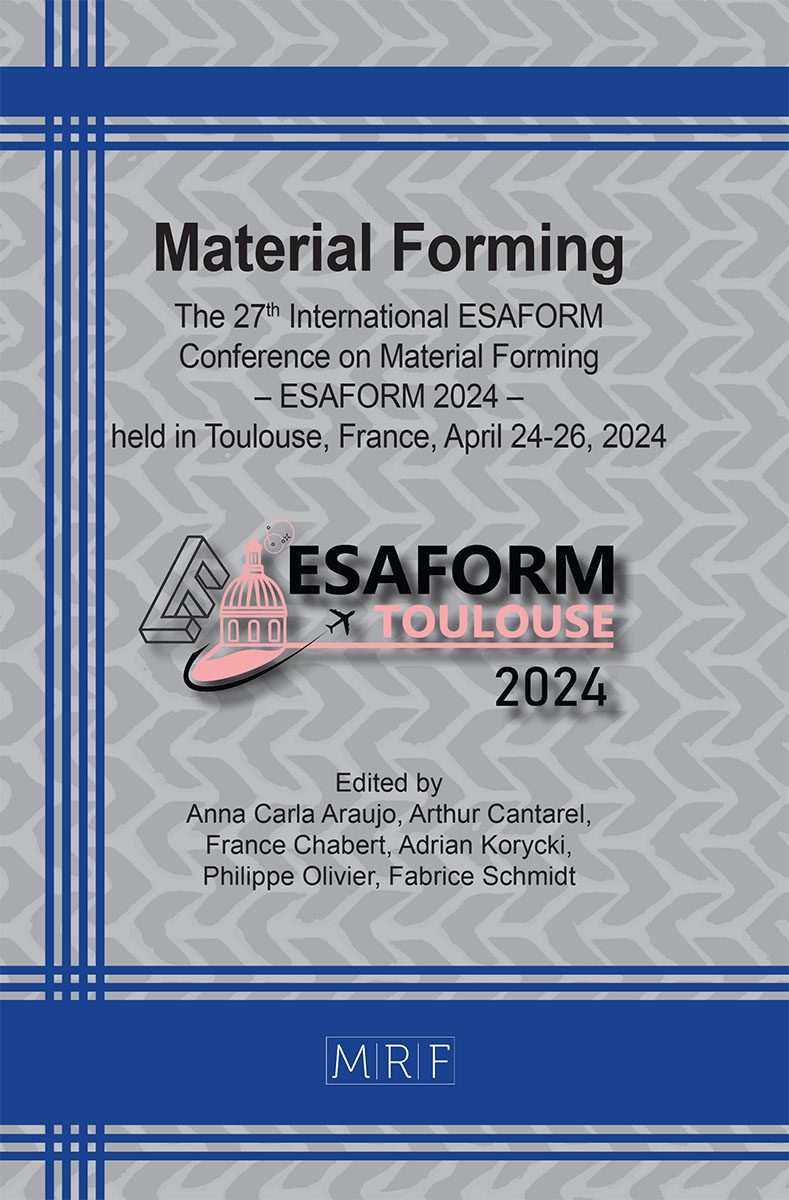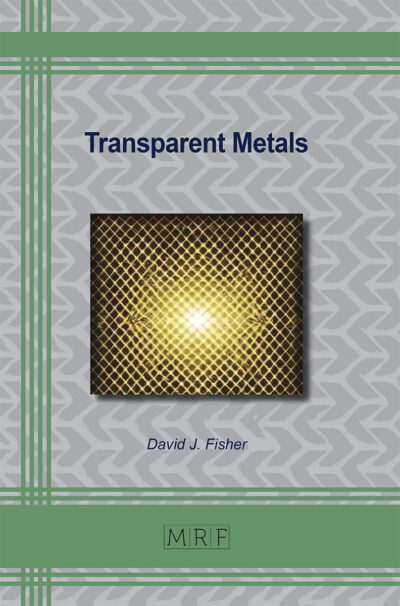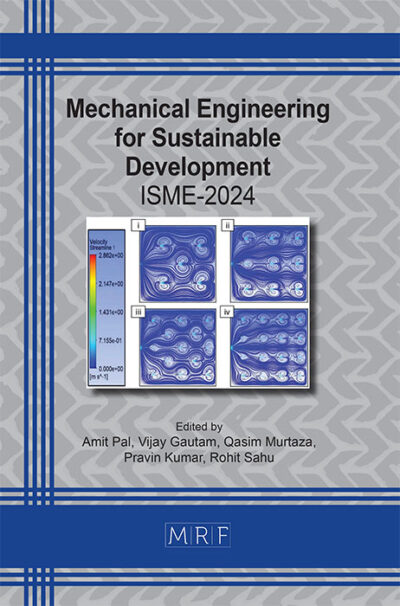–
The effect of friction compensation on the slope of flow curves obtained by stack compression tests
KÖLÜS Martin L., BORBÉLY Richárd, BÉRES Gábor J.
download PDFAbstract. Knowing the large strain flow curve is essential for many simulation processes in the sheet metal forming technology. A prominent example is the clinching, when the strains are one magnitude higher than in tension, but a simple deep-drawing process could also lead to appropriately large strains. To obtain the flow stress – plastic strain curves beyond the range of tension, several processes are known. In the most multi-axial cases, a conversion factor based on the work equivalence is usually applied on the measurement results to obtain the equivalent quantities. However, at compressive experiments, the friction and the geometrical issues may distort the curve shape even further, hiding the real material behavior. In this study we investigate the effect of the friction determination method and the value of the friction coefficient on the curve shape. Pressure dependent and constant friction coefficients were inversely specified by disk compression tests and related finite element modeling. In possession of the friction values, the conversions of the physically measured compressive stress to equivalent flow stress during disk and stack compression tests with different height-diameter ratios are discussed here.
Keywords
Disk Compression Tests, Stack Compression Tests, Friction Compensation, Pressure Dependent Friction
Published online 4/24/2024, 8 pages
Copyright © 2024 by the author(s)
Published under license by Materials Research Forum LLC., Millersville PA, USA
Citation: KÖLÜS Martin L., BORBÉLY Richárd, BÉRES Gábor J., The effect of friction compensation on the slope of flow curves obtained by stack compression tests, Materials Research Proceedings, Vol. 41, pp 1182-1189, 2024
DOI: https://doi.org/10.21741/9781644903131-131
The article was published as article 131 of the book Material Forming
![]() Content from this work may be used under the terms of the Creative Commons Attribution 3.0 license. Any further distribution of this work must maintain attribution to the author(s) and the title of the work, journal citation and DOI.
Content from this work may be used under the terms of the Creative Commons Attribution 3.0 license. Any further distribution of this work must maintain attribution to the author(s) and the title of the work, journal citation and DOI.
References
[1] S. Coppieters, H. Traphöner, F. Stiebert, T. Balan, T. Kuwabara, A.E. Tekkaya, Large strain flow curve identification for sheet metal, J. Mat. Pro. Tec. 308 (2022) 117725. https://doi.org/10.1016/j.jmatprotec.2022.117725
[2] M. Merklein, A. Kuppert, A method for the layer compression test considering the anisotropic material behavior, Int. J. Mater. Form. Vol. 2 (2009) 483-486. doi:10.1007/s12289-009-0592-8
[3] S. Coppieters, P. Lava, H. Sol, A. Van Bael, P. Van Houtte, D. Debruyne, Determination of the flow stress and contact friction of sheet metal in a multi-layered upsetting test, J. Mat. Pro. Tec. 210 (2010) 1290-1296. https://doi.org/10.1016/j.jmatprotec.2010.03.017
[4] S. Coppieters, M. Jackel, C. Kraus, T. Kuwabara, F. Barlat, Influence of hydrostatic pressure shift on the flow stress in sheet metal, Proc. Manuf. 47 (2020) 1245-1249. https://doi.org/10.1016/j.promfg.2020.04.196
[5] Y.G. An, H. Vegter, Analytical and experimental study of frictional behavior in through-thickness compression test, J. Mat. Pro. Tec. 160 (2005) 148-155. https://doi.org/10.1016/j.jmatprotec.2004.05.026
[6] T. Kuwabara, R. Tachibana, Y. Takada, T. Koizumi, S. Coppieters, F. Barlat, Effect of hydrostatic stress on the strength differential effect in low-carbon steel sheet, Int. J. Mater. Form. 15:13 (2022) https://doi.org/10.1007/s12289-022-01650-2
[7] M. Kraus, M. Lenzen, M. Merklein, Contact pressure-dependent friction characterization by using a single sheet metal compression test, Wear 476 (2021) 203679. https://doi.org/10.1016/j.wear.2021.203679
[8] I. Gil, J. Mendiguren, L. Galdos, E. Magurra, E.S. de Argandona, Influence of the pressure dependent coefficient of friction on deep drawing springback prediction, Tribology International 103 (2016) 266-273. https://dx.doi.org/10.1016/j.triboint.2016.07.004
[9] voestalpine BÖHLER Edelstahl GmbH & Co KG, products/k110/product description
[10] G.J. Beres, Z. Weltsch, R. Borbely, M.L. Kolus, Zs. Lukacs, M. Tisza, An extended stress-based forming limit diagram focusing on the wrinkling phenomenon and the effect of the normal pressure on clamped surfaces, J. Mat. Pro. Tec. 322 (2023) 118196. https://doi.org/10.1016/j.jmatprotec.2023.118196
[11] M.L. Kolus, R. Borbely, G.J: Beres, Friction coefficient validation by finite element method for disk compression test, in Conference Book of 38th International Colloquium on Advanced Manufacturing and Repair Technologies in Vehicle Industry (2023) 17-22.
[12] C. Chermette, K. Unruh, I. Peshekhodov, J. Chottin, T. Balan, A new analytical method for determination of the flow curve for high-strength sheet steels using the plane strain compression test, Int. J. Mater. Form. 13 (2020) 269-292. https://doi.org/10.1007/s12289-019-01485-4












